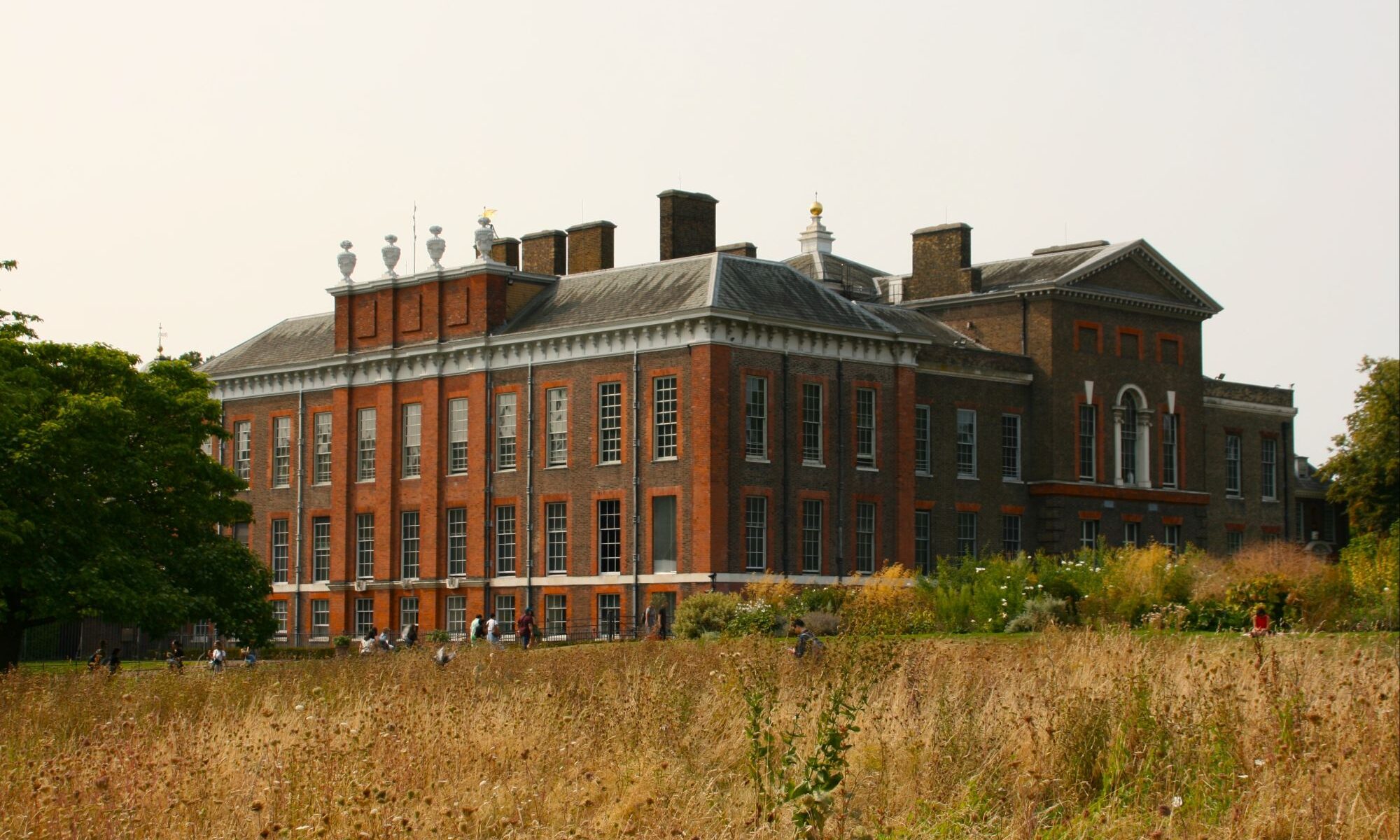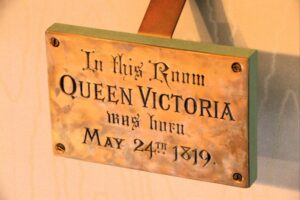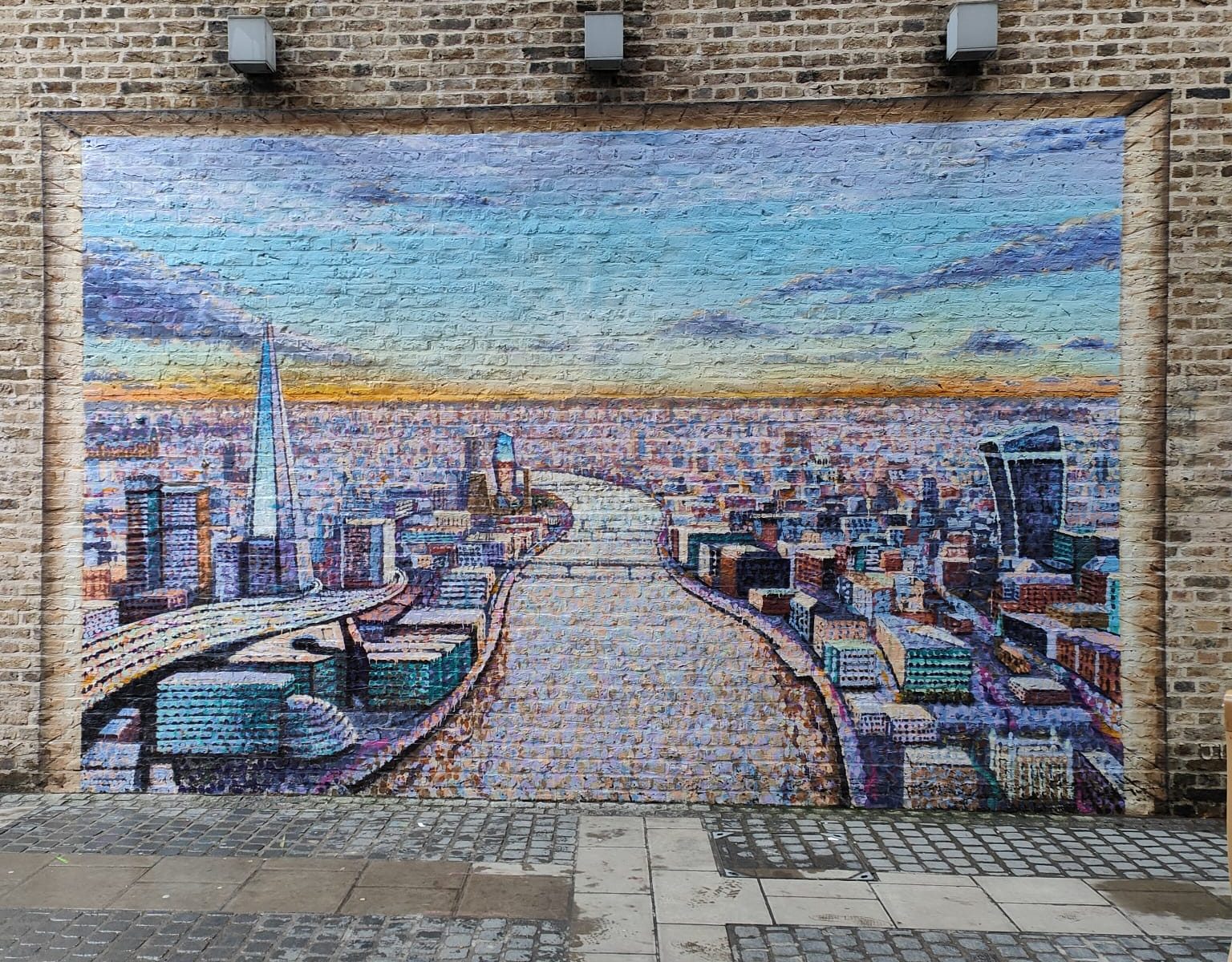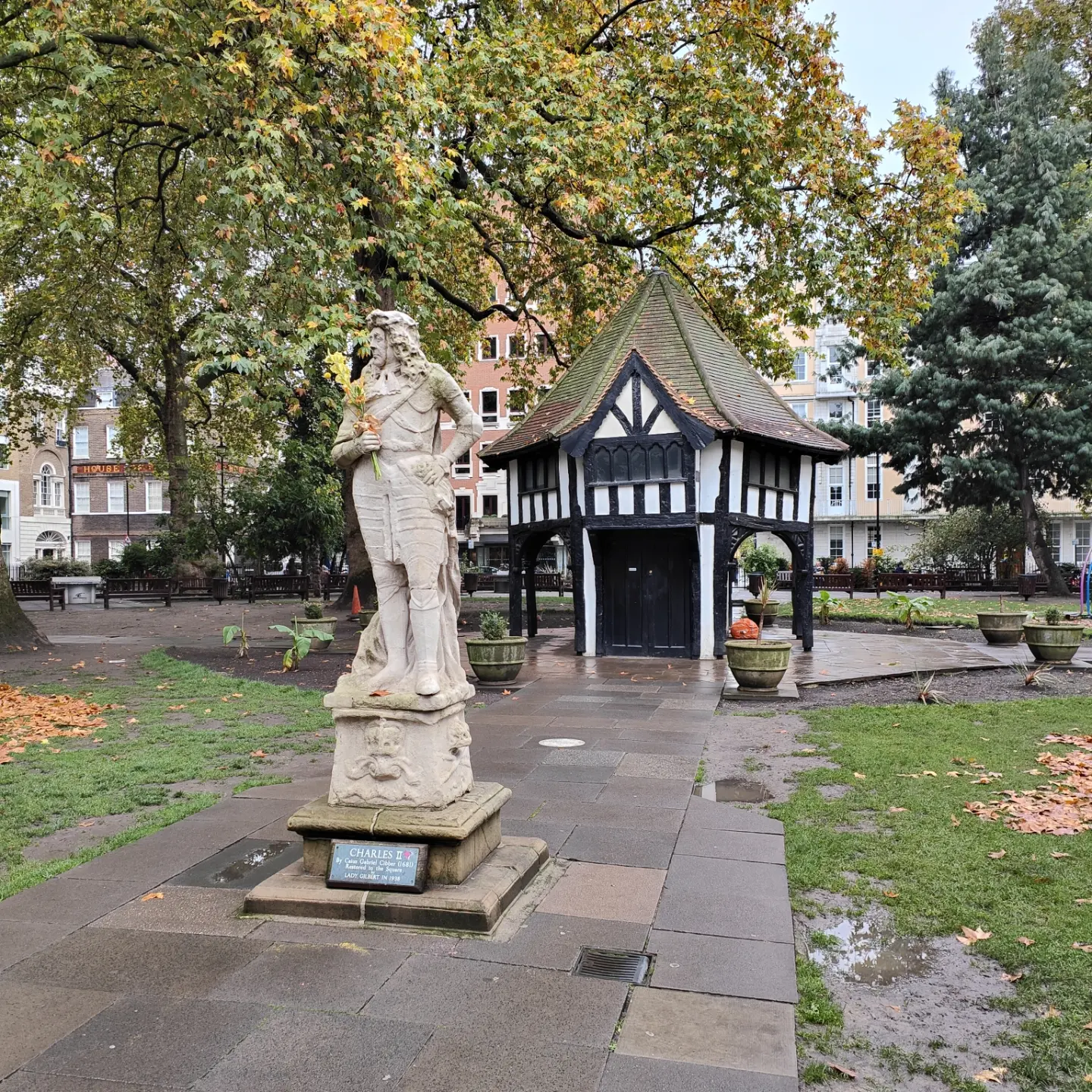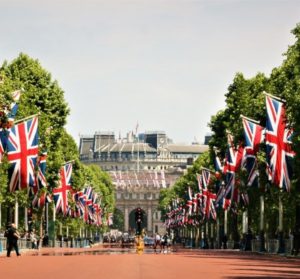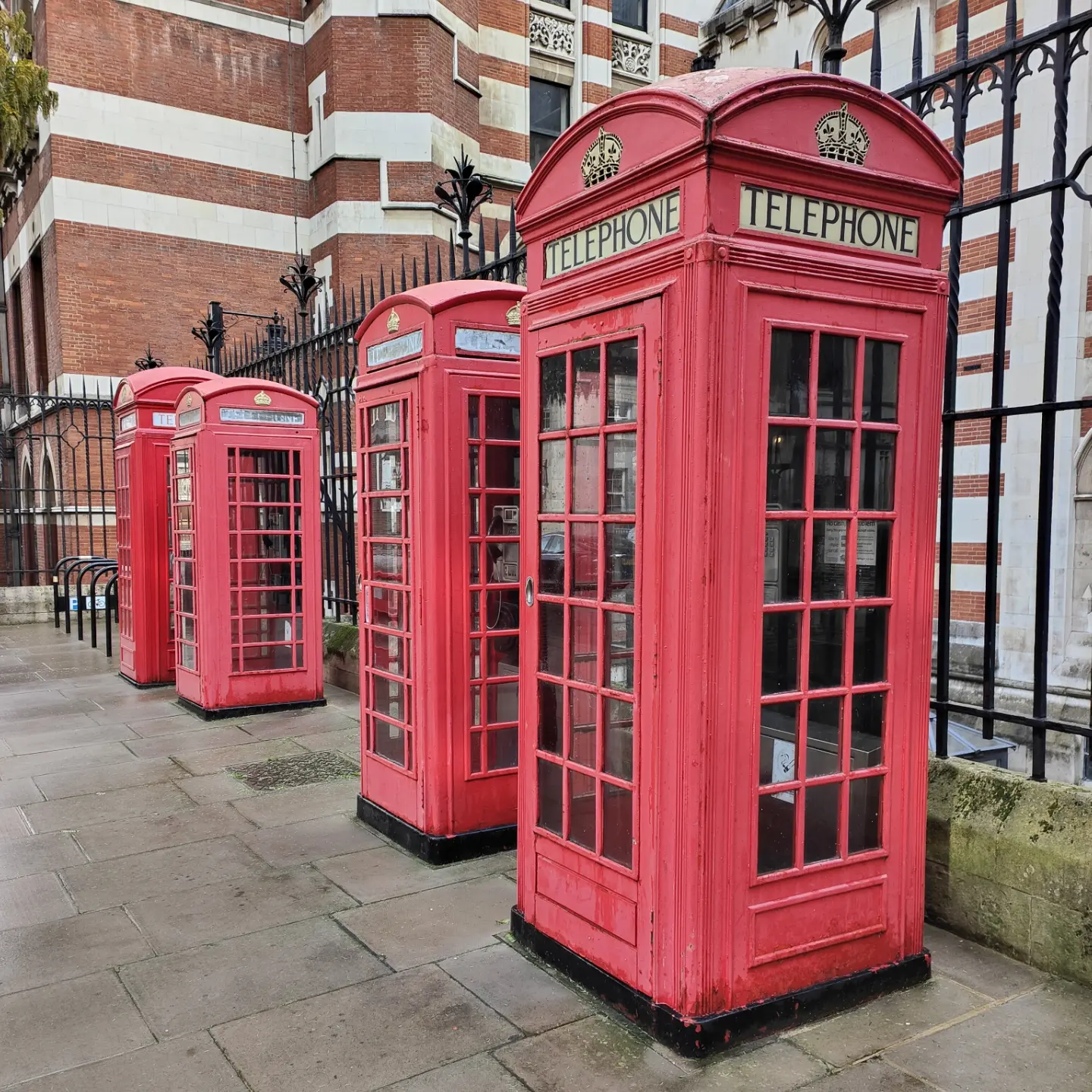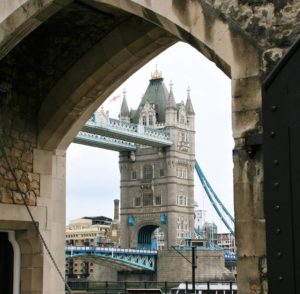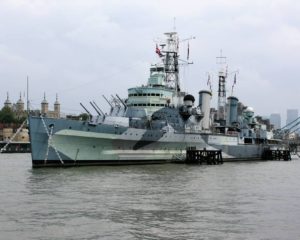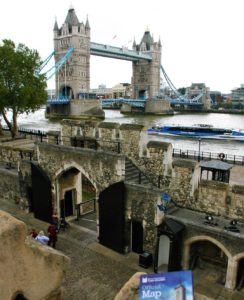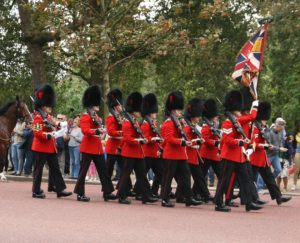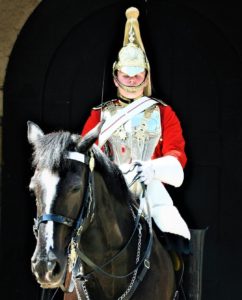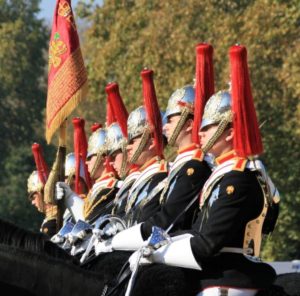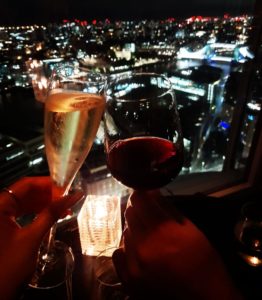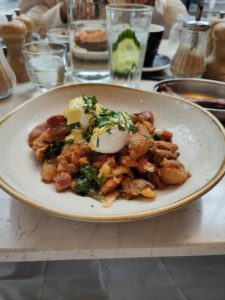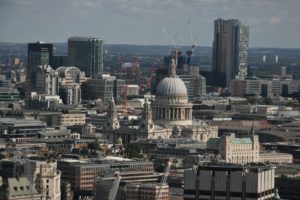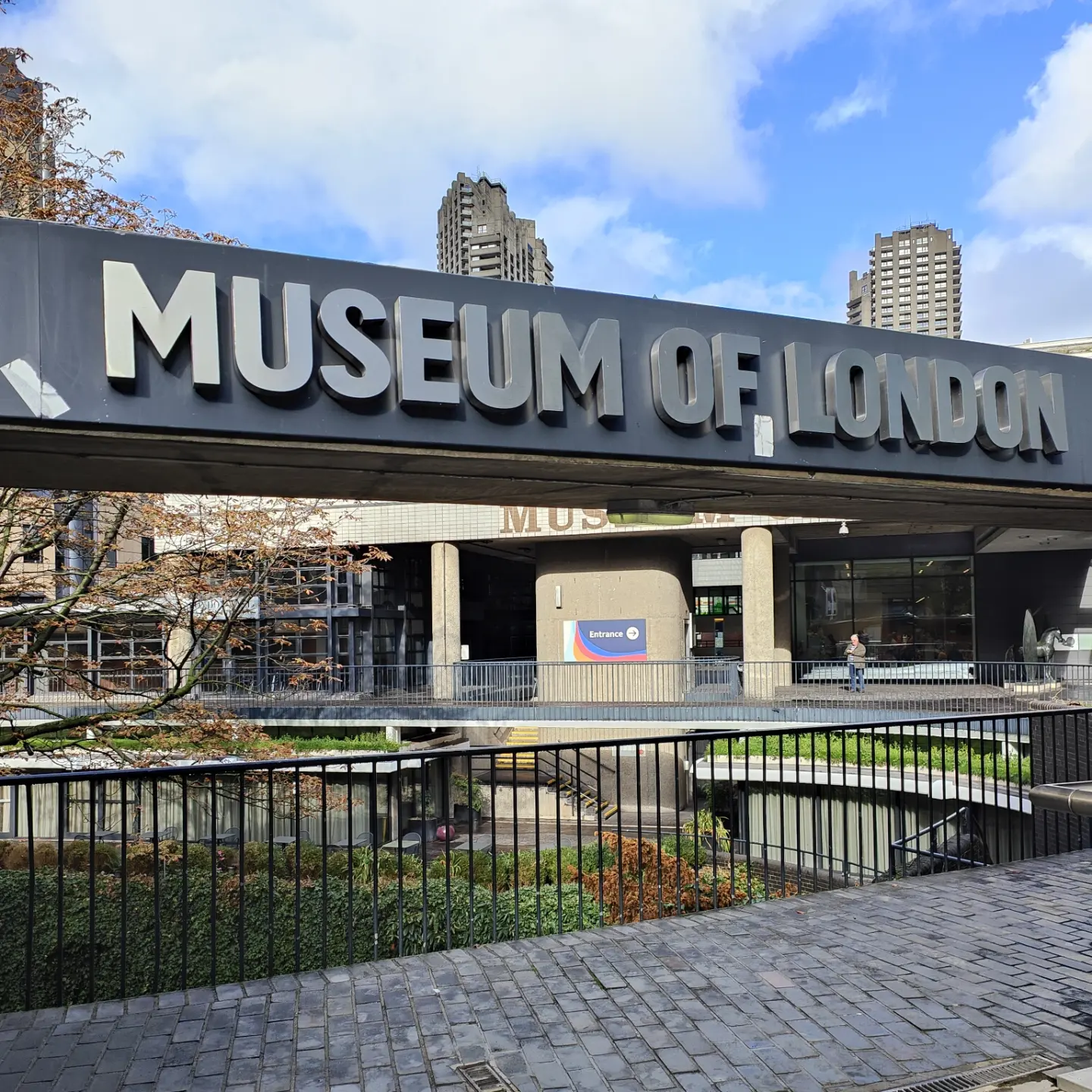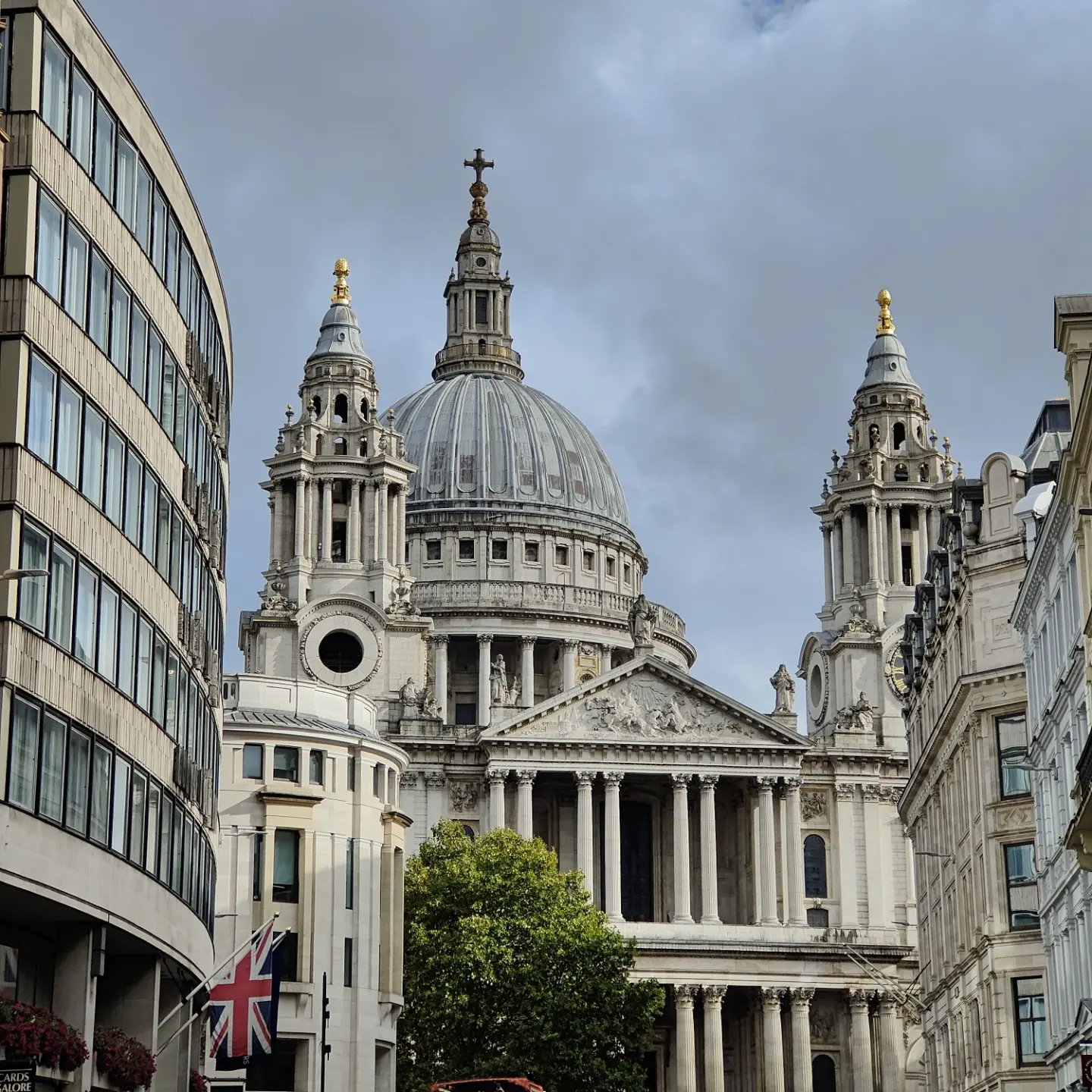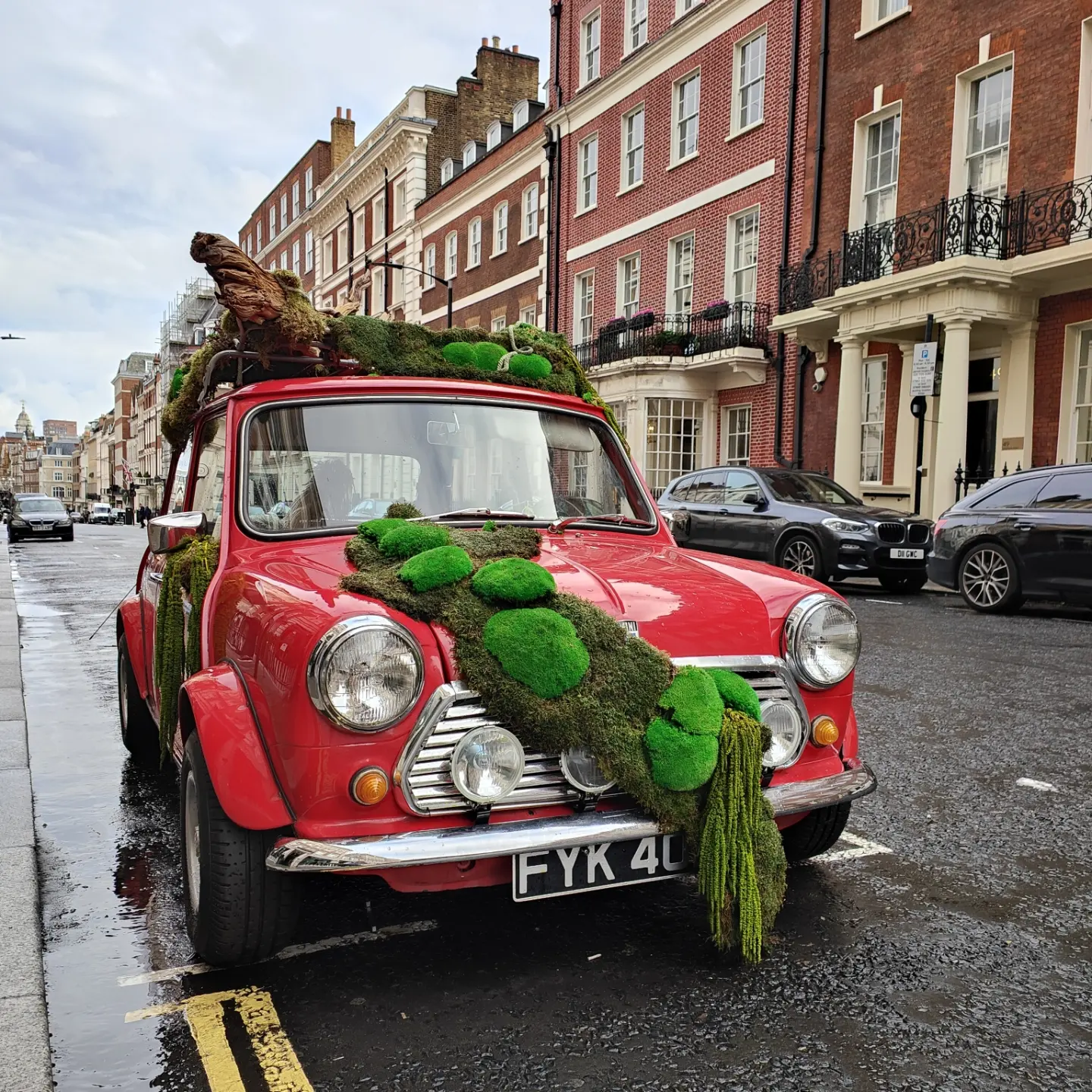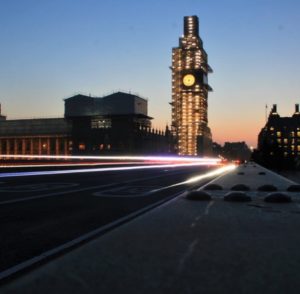Southwark Cathedral is the mother church of the diocese of Southwark and another London Landmark added (click here to see others). The cathedral is a peaceful sanctuary from the busyness of the modern metropolis. Its exact location is a little hidden from view as it’s sandwiched between the river and the railway. The bright lights and smells of Borough Market distract or attract many a passerby so much so that its very existence may not be known to the masses.
This charming Cathedral is one of England’s youngest having been raised to cathedral status at the beginning of the 20th century. There has been a church at the site for over 1000 years. Join me as I explore the gothic architecture and history of this cathedral nestled in the heart of London.
Early History of Southwark Cathedral
Its origins are a little hazy – a sign outside says it was a convent as early as AD 606. The first written evidence comes from the Domesday book of 1086 where reference is made of a minster.
In the year 1106, two Norman knights (William Pont de l’Arche and William Dauncey) re-founded the church as a priory for Augustine Canons. At this point the church was dedicated to St Mary and was called ‘St Mary Overie’. The consensus is that Overie means ‘over the river’. Sadly, nothing remains of the Norman church after a fire destroyed what was there in 1212.
The church’s location on the Thames Southbank was incredibly strategic as at the time it was the only crossing point of the River Thames. During its time as a priory church, it became part of the Diocese of Winchester (a city some 60 miles away from London in a south westerly direction).
The Diocese of Winchester, one of the oldest and richest dioceses in the land, meant it had a great deal of influence. In acquiring the lands around Southwark, it allowed the bishop of Winchester to build a palace for his London residence (just like Lambeth).
When walking along the Thames embankment you pass what looks like some random ruins. These ruins are what remains of the former great hall of Winchester Palace. I missed these on my way to the cathedral possibly by being distracted!! This building is evidence of an important link between the Bishop of Winchester and Southwark Cathedral. During these times the powerful bishops of Winchester were involved in shaping and building of the church at Southwark.
A Royal Wedding
In 1424, the Bishop of Winchester (Henry Beaufort, who was the illegitimate son of John of Gaunt, the Duke of Lancaster) chose to marry his niece, Joan Beaufort, to King James I of Scotland. Also, during the 15th century, a benefactor of the church was John Gower. Upon his death he left a large sum of money to the priory and has a beautiful tomb within the nave of the church.
Southwark Cathedral History continued
The dissolution of the monasteries was covered in 2 Acts (1535 & 1539) and resulted in the destruction of the monasteries in England. When travelling around the country abbey ruins may be seen – Glastonbury, Tintern, Fountains, Bolton, are some fine examples. There are always exceptions to the rule – Bath, Sherborne and Westminster. The church at Southwark took a different path as it became the property of Henry VIII. He decided to rent the church back to the congregation. Perhaps this ‘saving’ of the church led to its renaming as St Saviour’s.
William Shakespeare lived during the end of Elizabeth’s reign and during James’s reign. He is associated with the Globe theatre (also on the Southbank). A memorial is placed in the nave of the church in his honour though his burial place is at Stratford -upon-Avon. William’s brother, Edmund, is buried in the church.
After the Tudor period, the congregation was tired of renting from the king, so, a group of merchants brought the church from King James I in 1611 for £800.
John Harvard was baptized in the church on 29 November 1607. His surname is famous around the world. His generosity led to the founding of Harvard University. A private chapel is dedicated to John.
The only Bishop of Winchester to be buried in the church. Lancelot Andrewes was laid to rest in 1626. He was involved in the translation of the King James Bible (1611).
In the following centuries the church flowed with the times. Alterations were made, repairs patched it up until the church became a real cause for concern. It managed to survive being flattened to make way for a new ‘London bridge’. With its survival lead to the restoration of the building by architect George Gwilt.
Southwark’s association with the Diocese of Winchester came to an end in 1877 and it was transferred to the diocese of Rochester. A new nave was designed by Sir Arthur Blomfield paving the way for the church to receive cathedral status in 1905 along with the creation of the new diocese of Southwark.
Southwark Cathedral Design
The cathedral layout is that of a traditional cruciform plan. The nave consists of 6 bays. Pointed arches on either side of the nave display the gothic design. They lead majestically up to the crossing. Above the arches is a plain rib vault ceiling giving a light and airy appearance.
The nave was rebuilt several times with the final rebuild taking place between 1890 and 1897. This new part of the building was criticised by Pugin who wrote, “It is bad enough to see such an erection spring up at all, but when a venerable building is demolished to make way for it, the case is quite intolerable.”
The crossing is a painted ceiling with central tower above. The northern and southern transepts are filled with monuments to those buried in the cathedral – monumens to Dr Lionel Lockyear and Richard Blisse are two that have been photographed.
Harvard Chapel
Next to the north transept is the Harvard Chapel. This name is associated with the famous American university. A stained-glass window depicting the baptism of Christ with written words to the memory of American colonist John Harvard may be found there. The top windows have the coat of arms of Emmanuel college (Cambridge) and Harvard University.
The Great Screen and Altar Piece
The Chancel at the eastern end of the church includes the choir and the high altar. Behind the high altar is the Great Screen and a treasure of the cathedral. The original screen would have been lacking in the detail we see today. It was completed during the reformation when statues were forbidden.
The figures are a who’s who of the priory, church and cathedral history. The statues were completed somewhere around the beginning of the 20th century with the majority carved by Messrs Nicolls of Lambeth. Some of the carvings included are Cardinal Henry Beaufort, Saint Thomas Becket, John Gower, Saint Swithun, Henry I, Edward VII, Richard Fox and Lancelot Andrewes.
Southwark Cathedral Conclusions
The visit to Southwark Cathedral was fascinating. It is the oldest gothic church building in London – blink when you’re walking about London and you may miss it.
The history of the cathedral coincides with this country’s illustrious past. The visit has increased my growing knowledge of church and cathedral construction. It has highlighted some differences between English and Italian churches. In England a ‘cathedral’ is associated with ‘City status’. City status is at the discretion of the monarch but need not be granted to cities having a cathedral. Southwark, of course, falls under the greater London area.
The cathedral is the mother church of Southwark diocese. The diocese covers a large area from Kingston-upon-Thames to Thamesmead and all the way down to Gatwick airport.
Much of the cathedral’s history is associated with Winchester. I have been there before but feel that I need to revisit. Also, I’ve learnt that the streets of London are loaded with history, and I regret not investigating the former Great Hall of Winchester Palace.

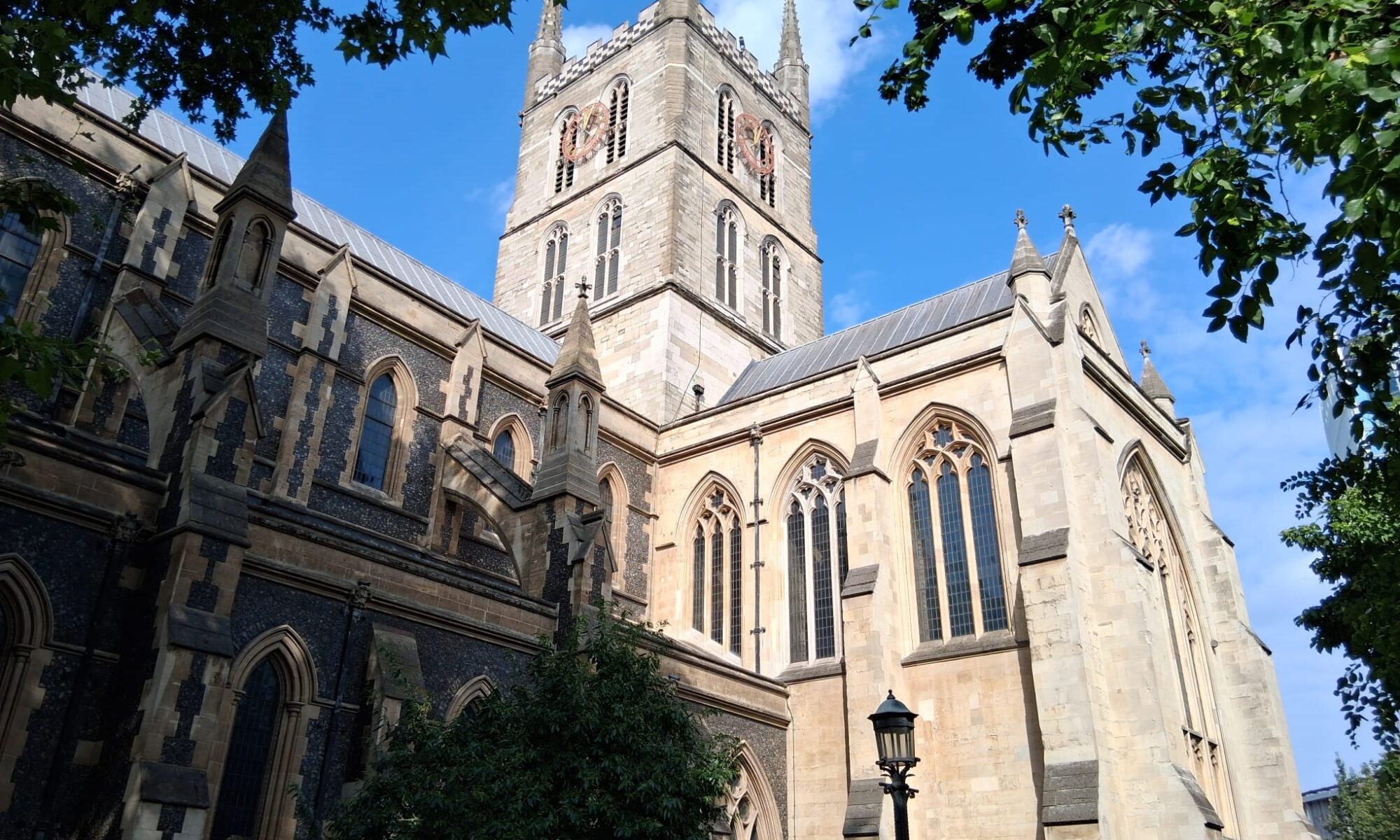
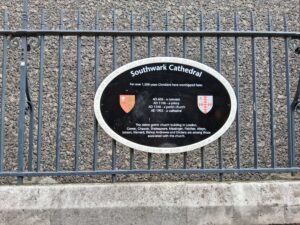
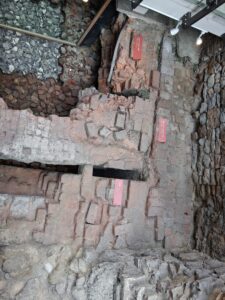
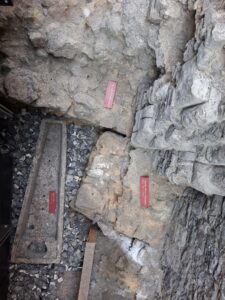
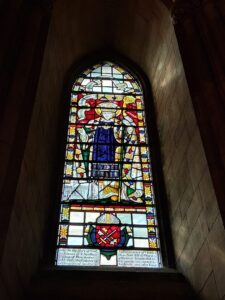
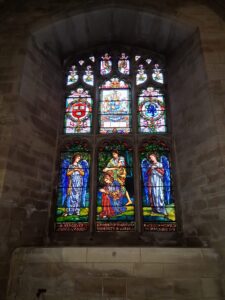
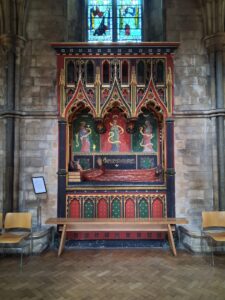
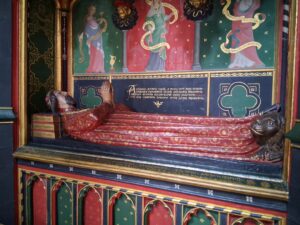
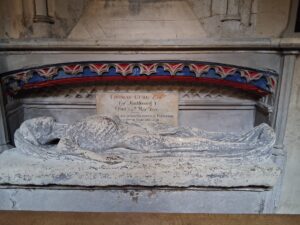
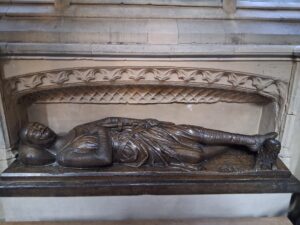
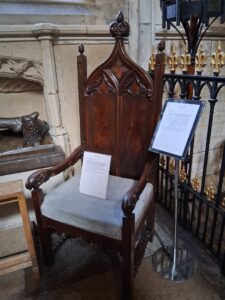
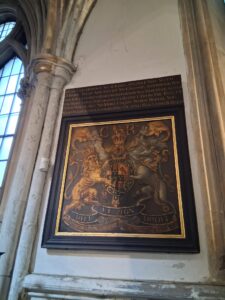
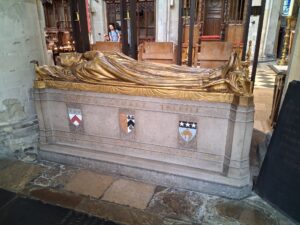
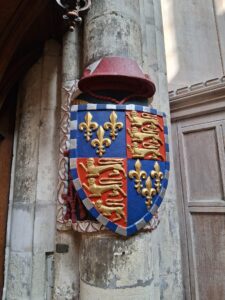
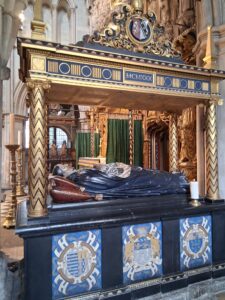
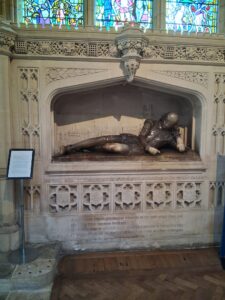
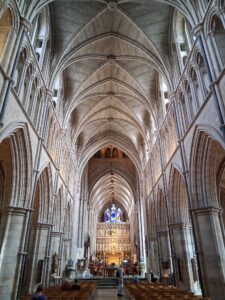
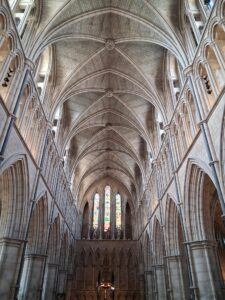
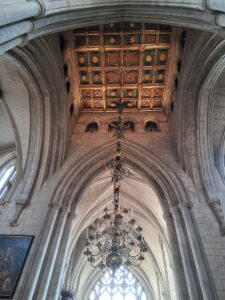
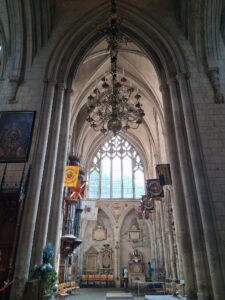
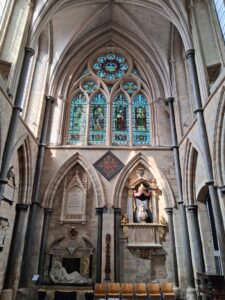
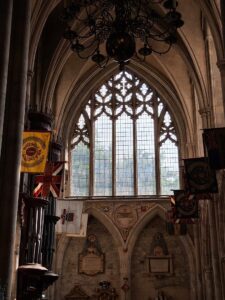
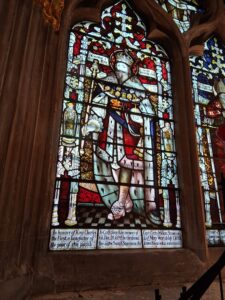
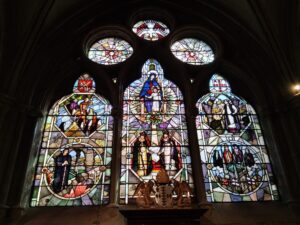
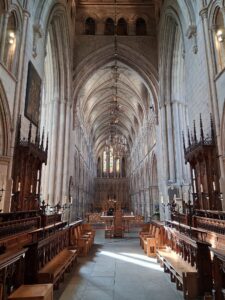
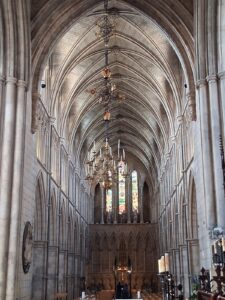
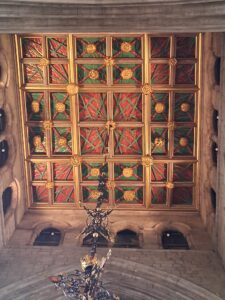

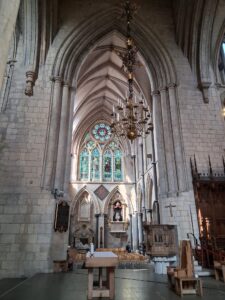
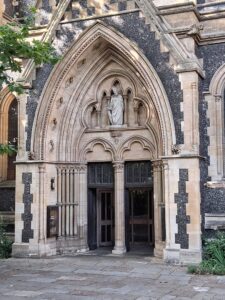

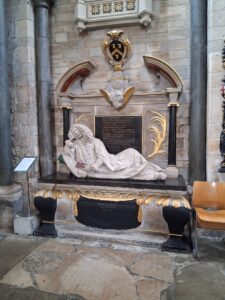
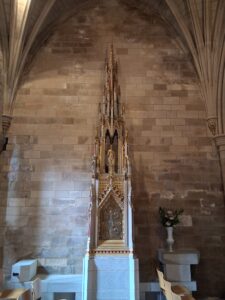
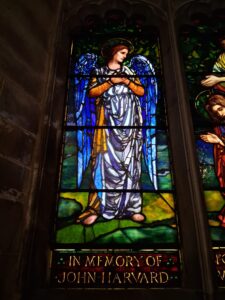

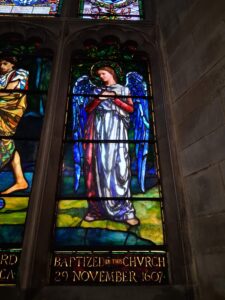
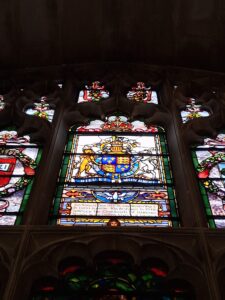
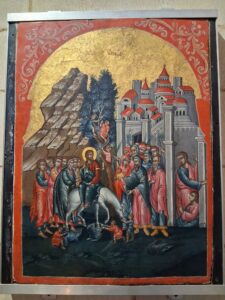
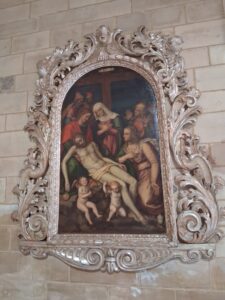
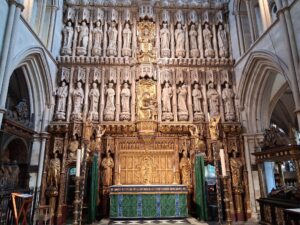
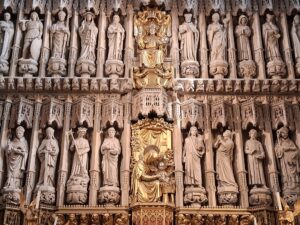
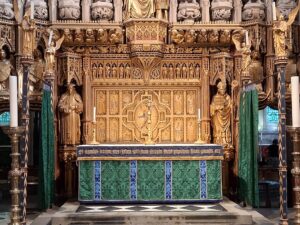
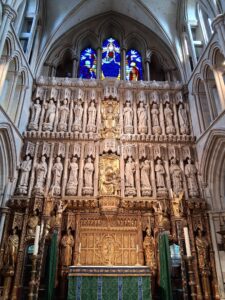
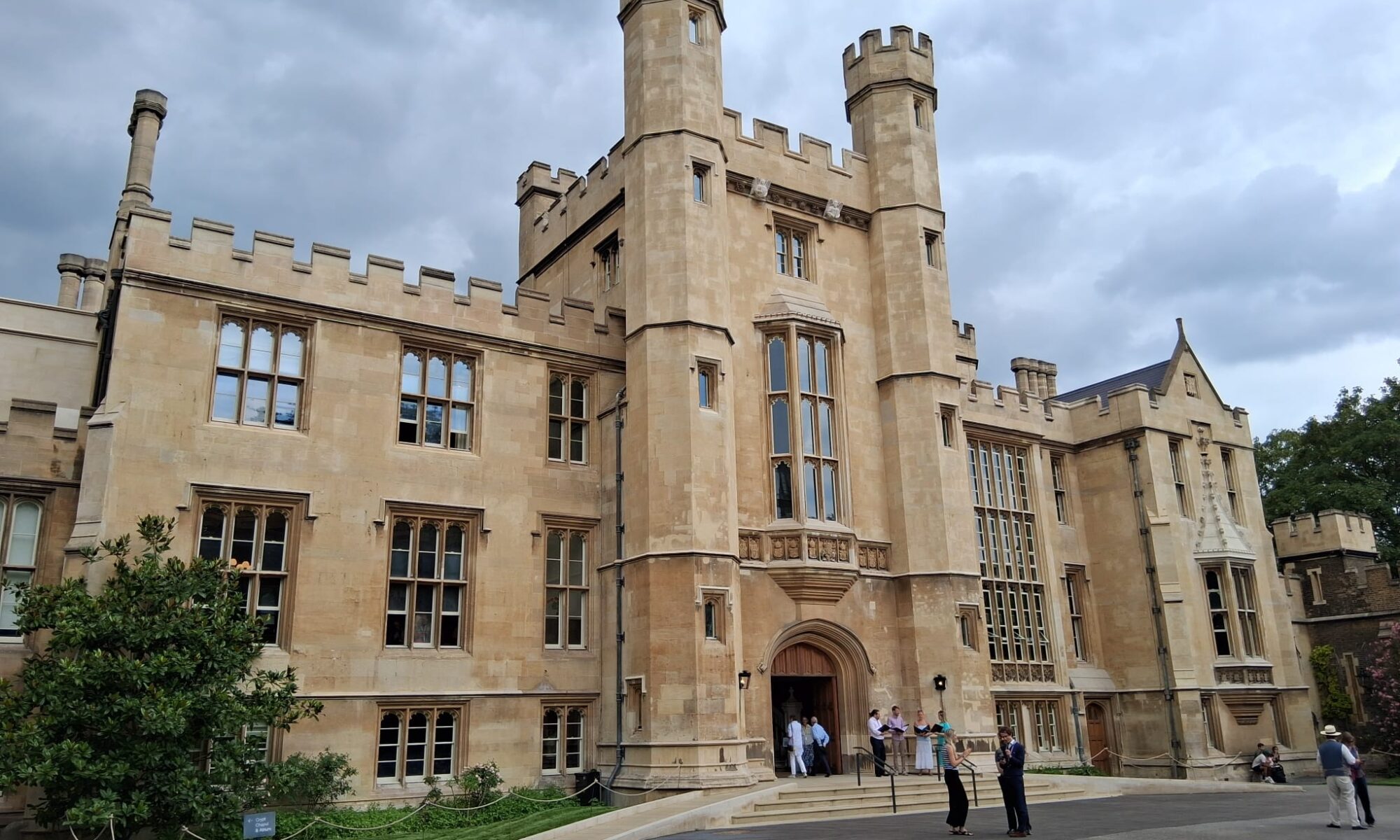
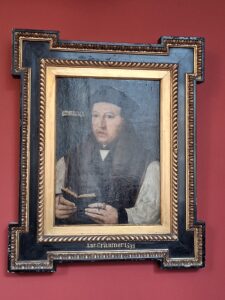
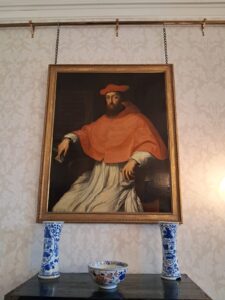
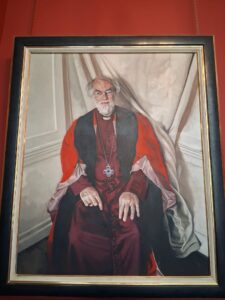
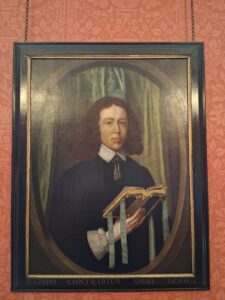

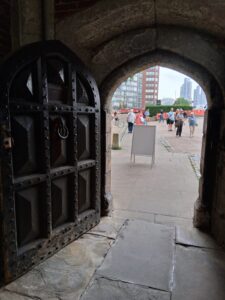

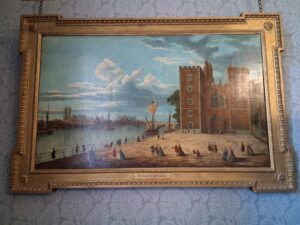
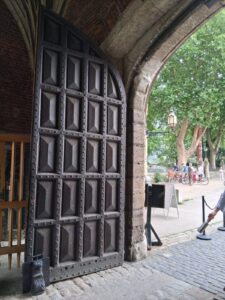
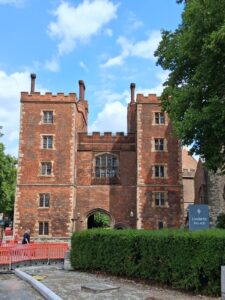
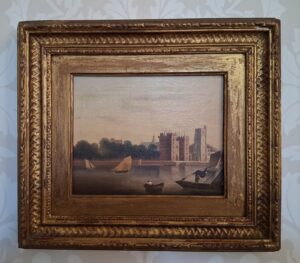
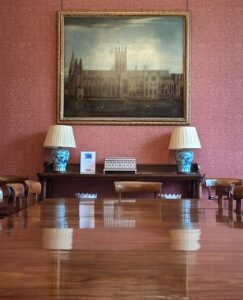
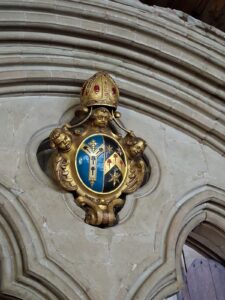
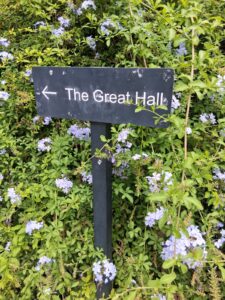
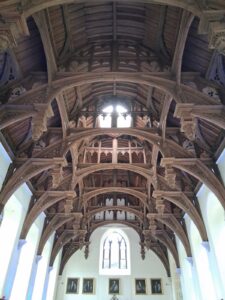
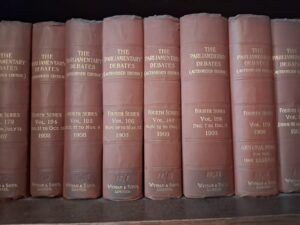
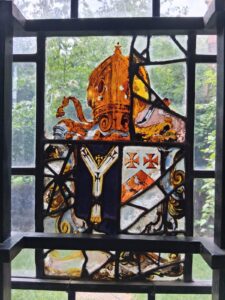
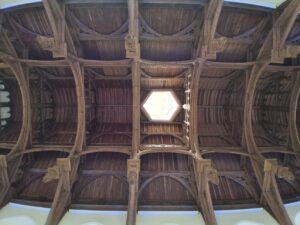
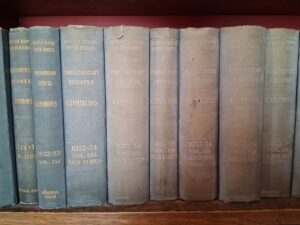
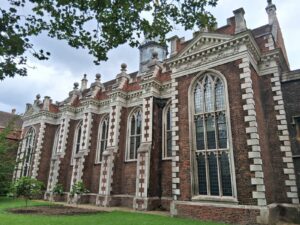
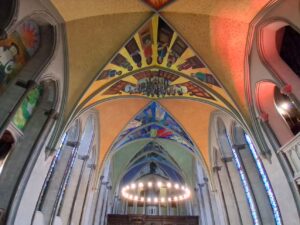
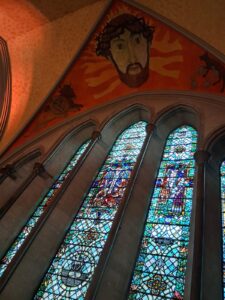

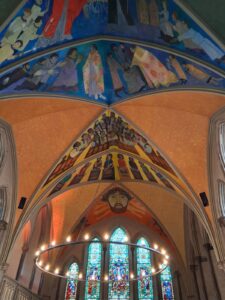
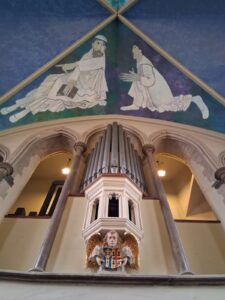
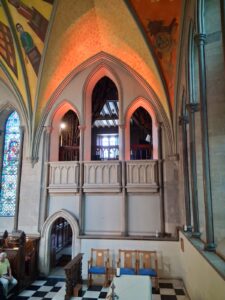
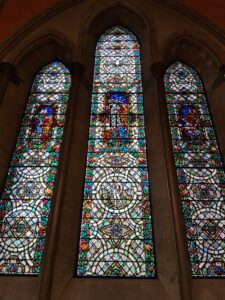
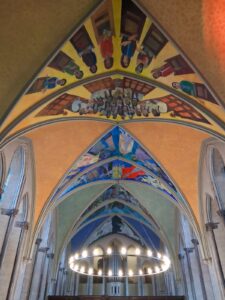
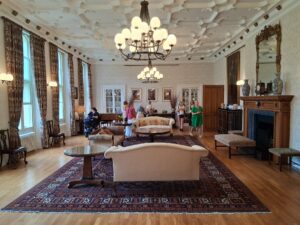
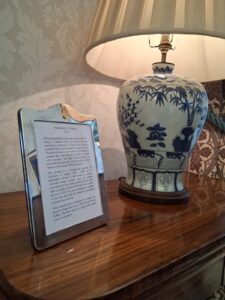
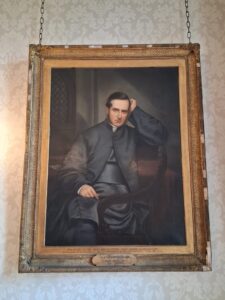
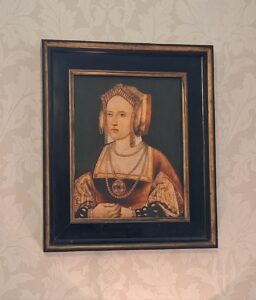
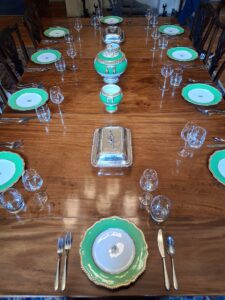


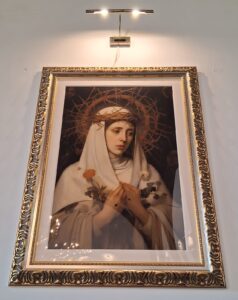
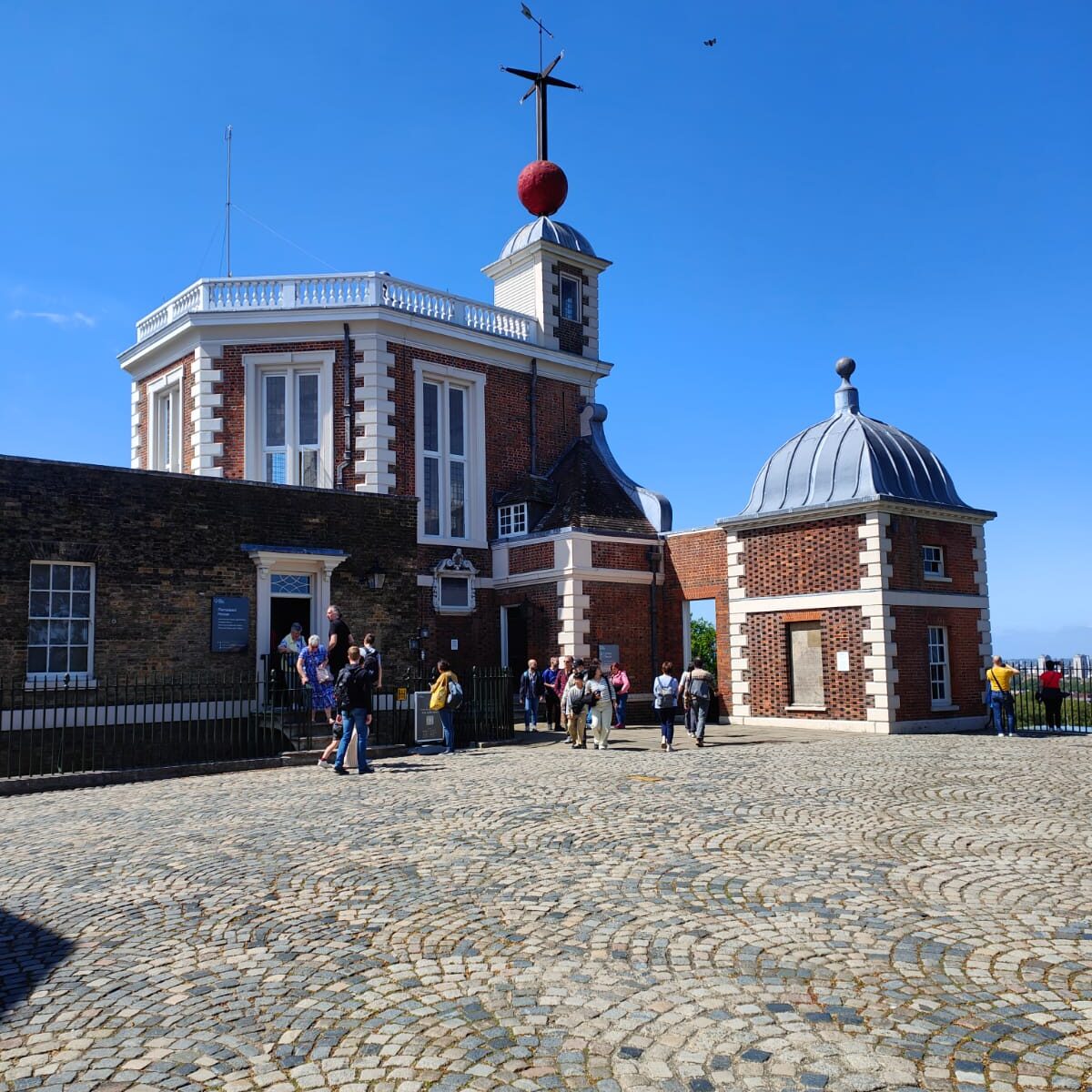
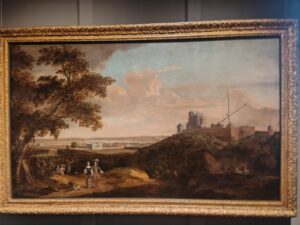
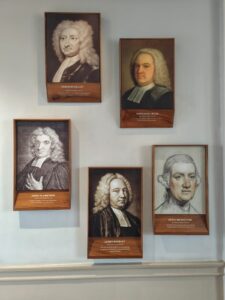
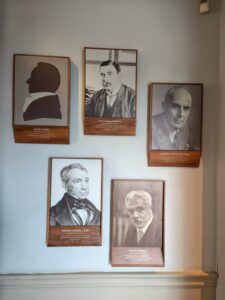
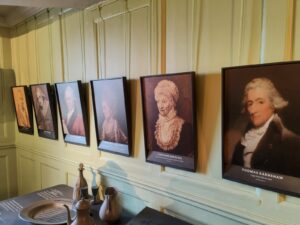
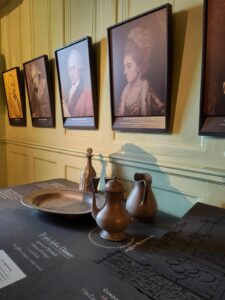
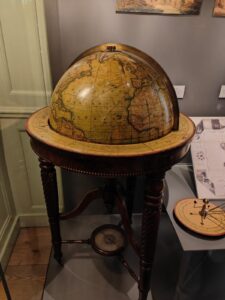
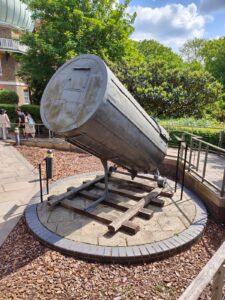
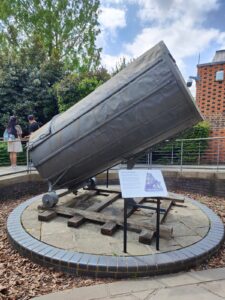
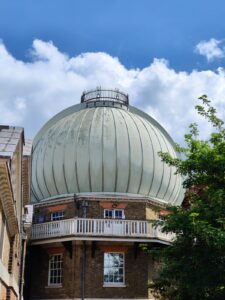
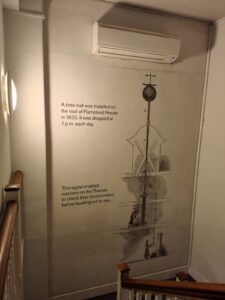
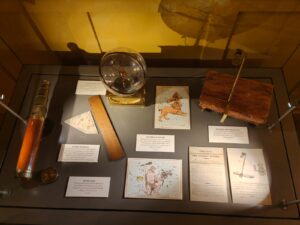
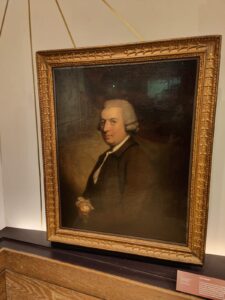
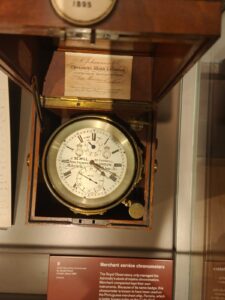
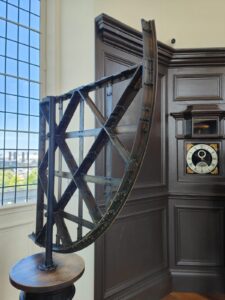
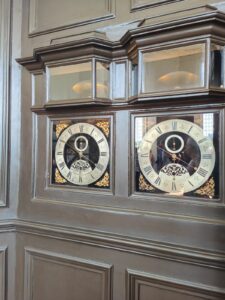
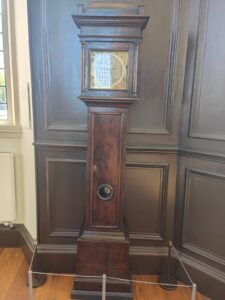
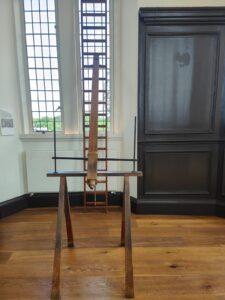
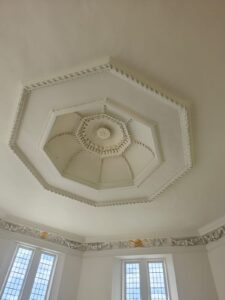
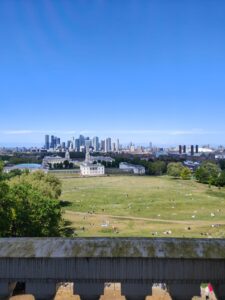
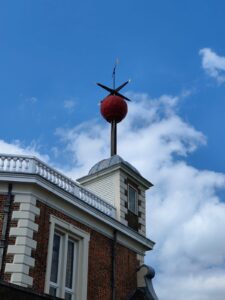
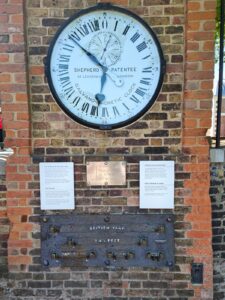
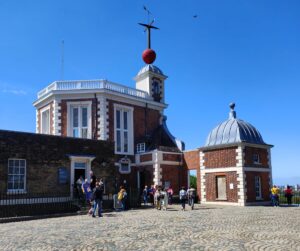

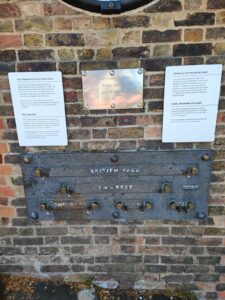
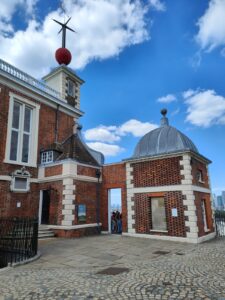
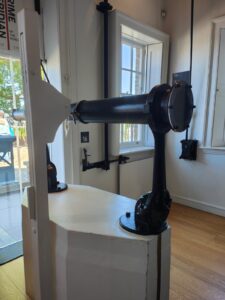
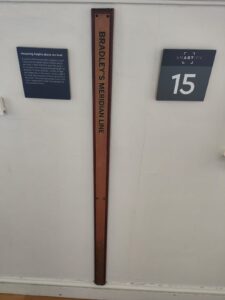
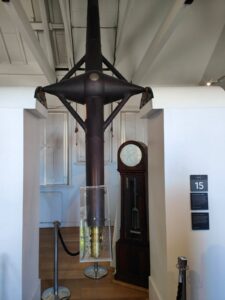
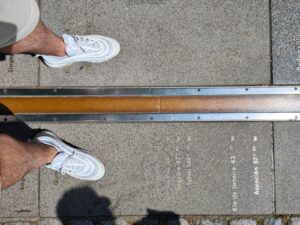
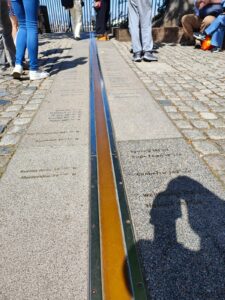
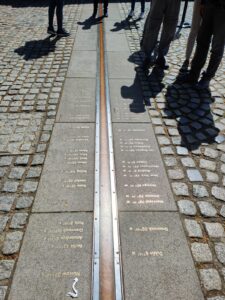
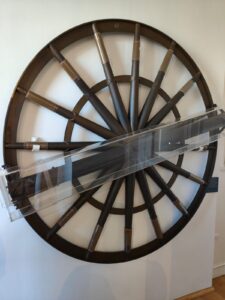
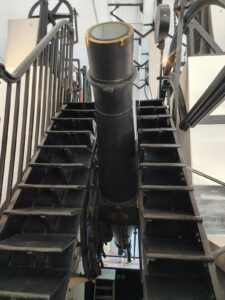
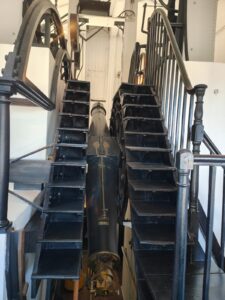
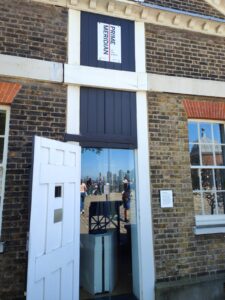
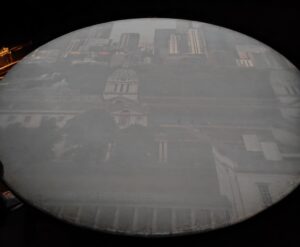
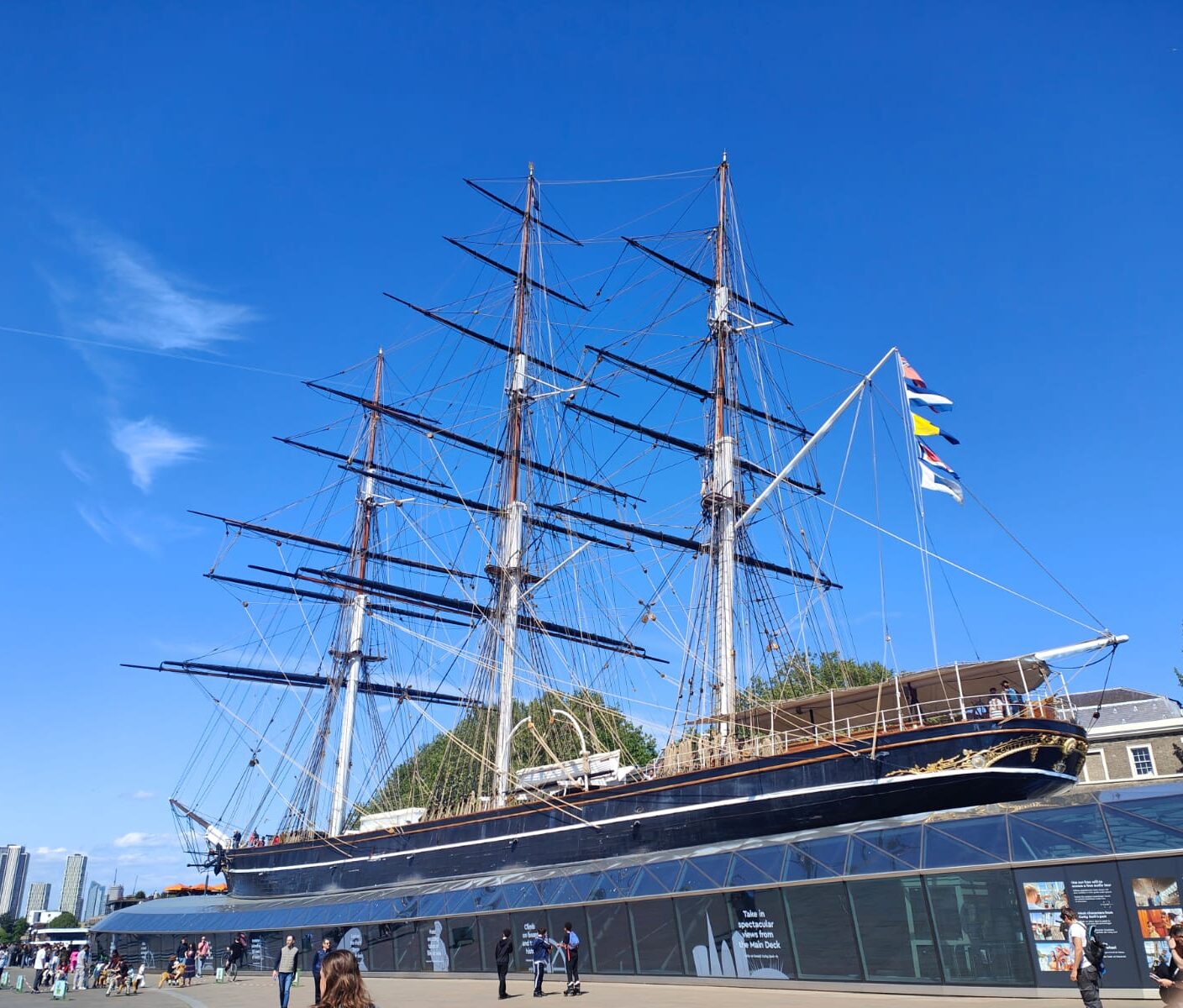
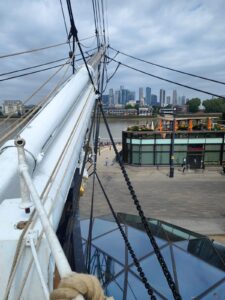
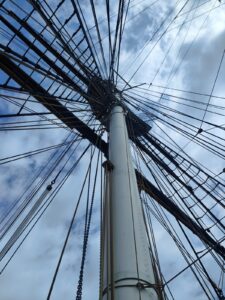
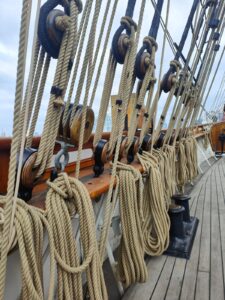
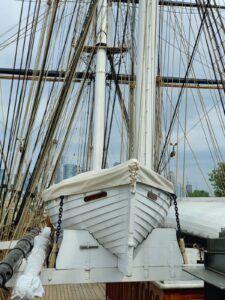
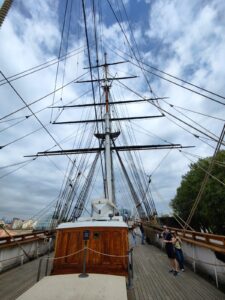
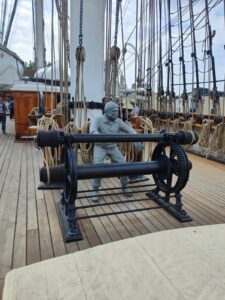
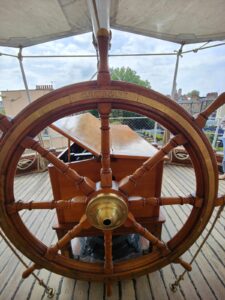
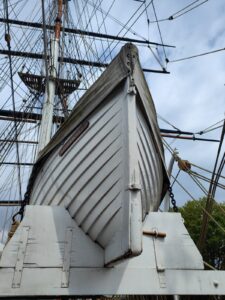
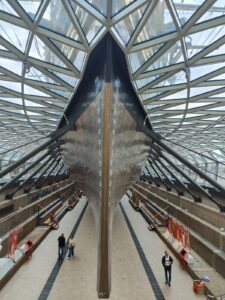
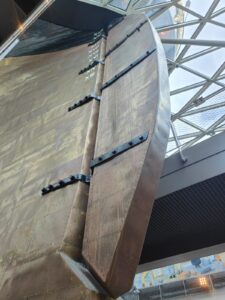
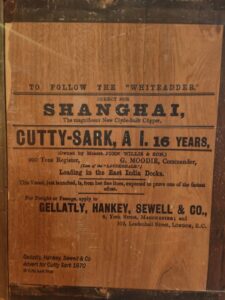
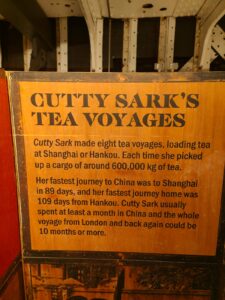
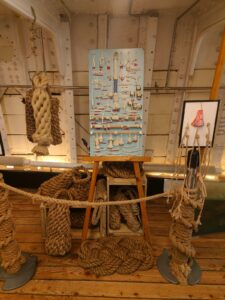
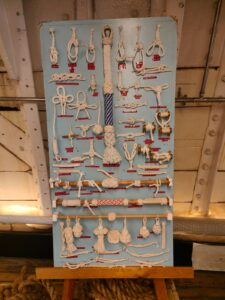
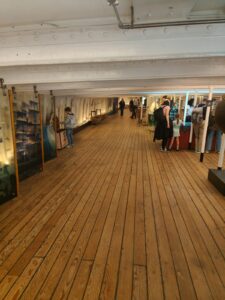
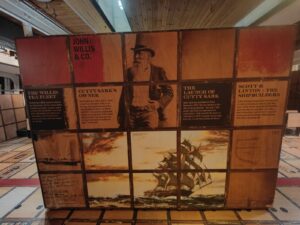
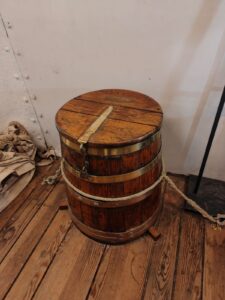
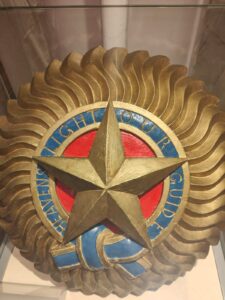

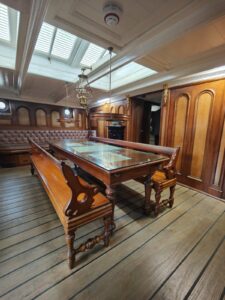
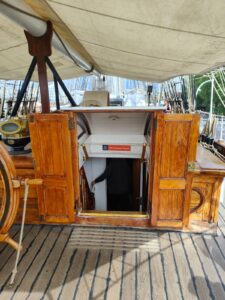
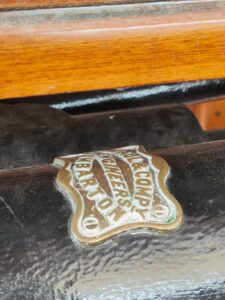

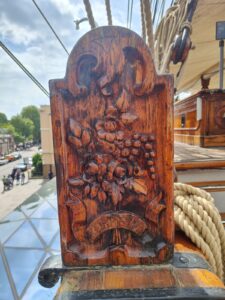
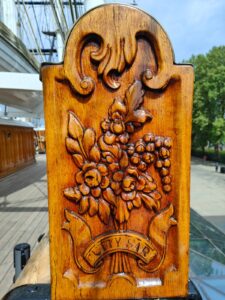

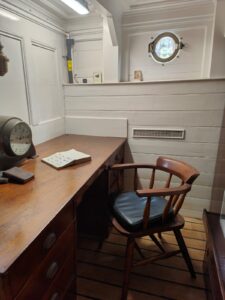
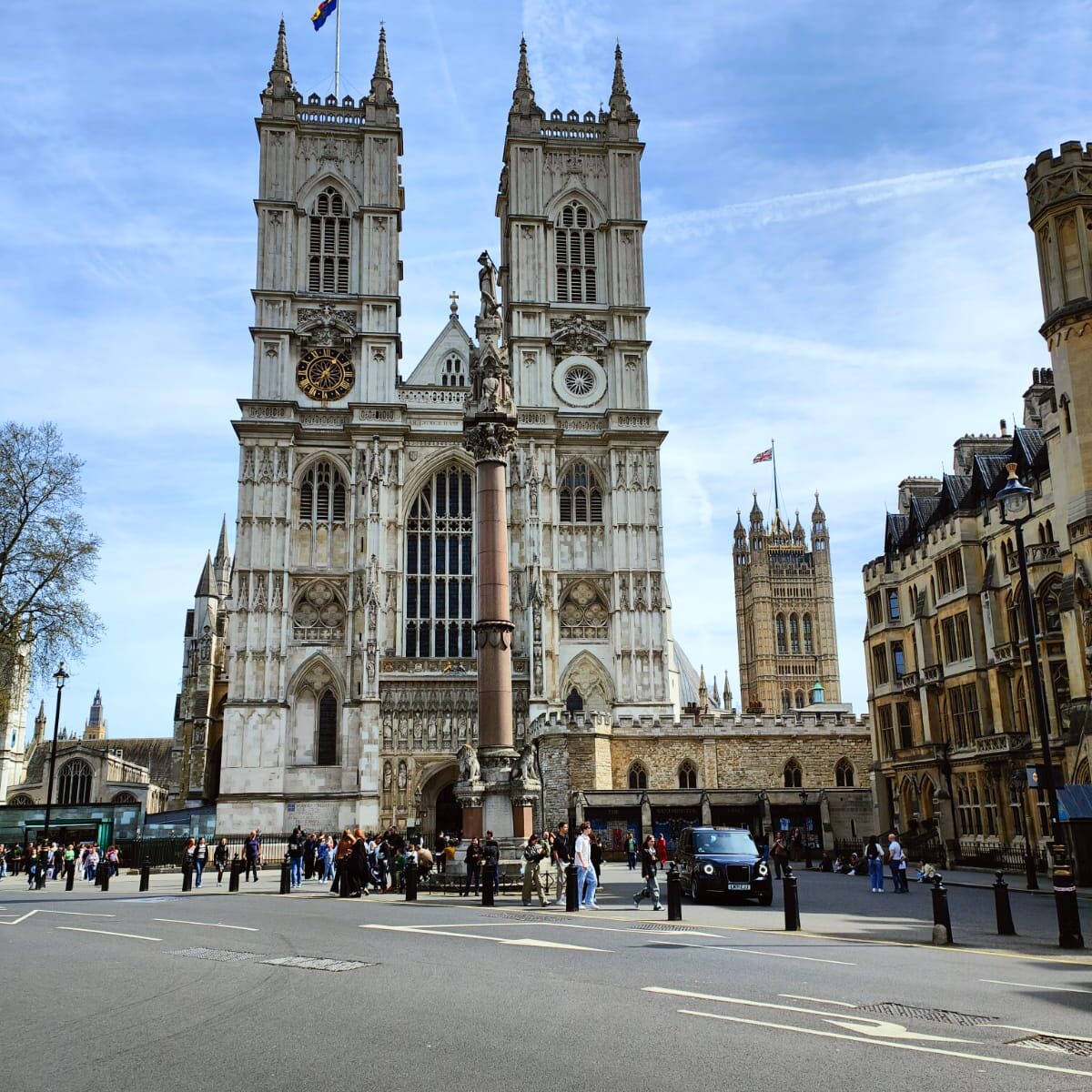
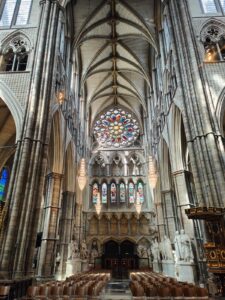 Now, I am not averse to entering a church, abbey or cathedral. I find them good places to calm down and contemplate life. Often, I am there alone with my thoughts but on this occasion (as was the case in July 2022 at St Paul’s cathedral) I was there with my father. He, like me, was bowled over by the fact that a timed entrance slot had to be pre-booked and further surprised to see so many people inside
Now, I am not averse to entering a church, abbey or cathedral. I find them good places to calm down and contemplate life. Often, I am there alone with my thoughts but on this occasion (as was the case in July 2022 at St Paul’s cathedral) I was there with my father. He, like me, was bowled over by the fact that a timed entrance slot had to be pre-booked and further surprised to see so many people inside 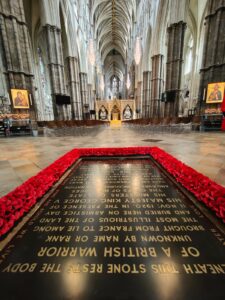 The building is very famous, strikingly beautiful and massively interesting. To me it was an intriguing and beguiling place. To us Brits there seems to be a lack of appreciation or willingness to visit such iconic places but to foreign tourists, there appears to be incredible levels of fascination. The ‘abbey’ is situated in the heart of central London, in the city of Westminster (some people refer to Westminster as one of its boroughs, however, I call it one of London’s two cities) and a short walk from the River Thames. It stands
The building is very famous, strikingly beautiful and massively interesting. To me it was an intriguing and beguiling place. To us Brits there seems to be a lack of appreciation or willingness to visit such iconic places but to foreign tourists, there appears to be incredible levels of fascination. The ‘abbey’ is situated in the heart of central London, in the city of Westminster (some people refer to Westminster as one of its boroughs, however, I call it one of London’s two cities) and a short walk from the River Thames. It stands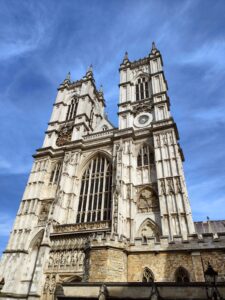 Church, Abbey or Cathedral?
Church, Abbey or Cathedral?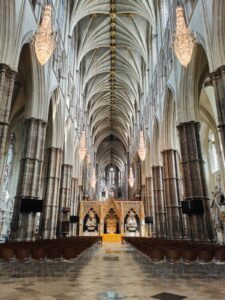 Royal Peculiar
Royal Peculiar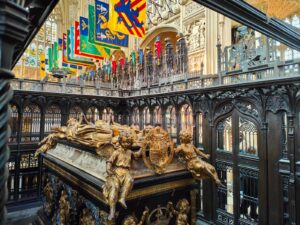 Mausoleum?
Mausoleum?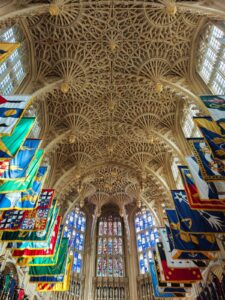 Henry VII Lady Chapel
Henry VII Lady Chapel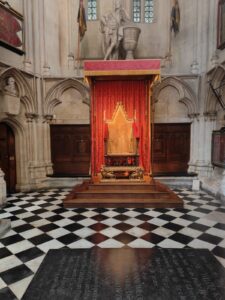 Coronation Church
Coronation Church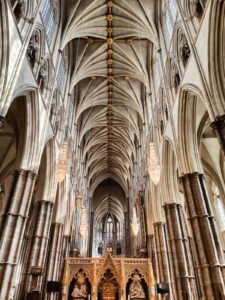 Gothic Masterpiece
Gothic Masterpiece